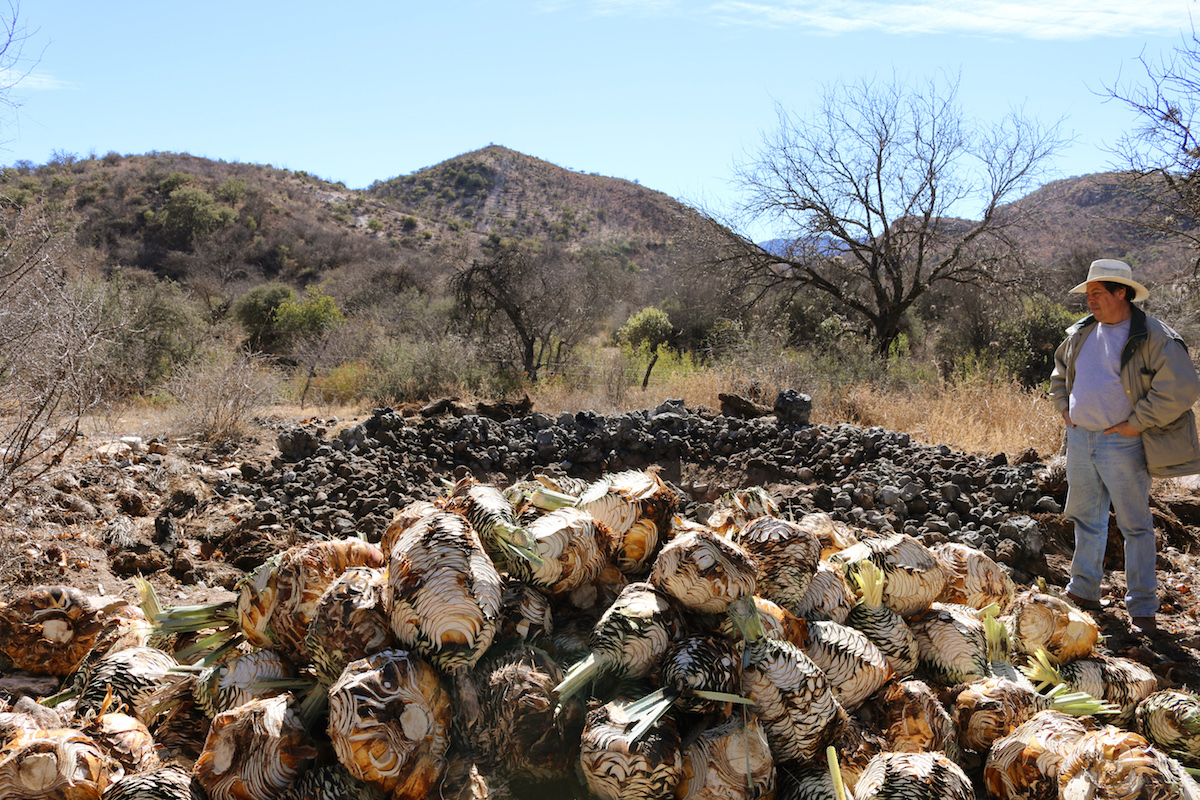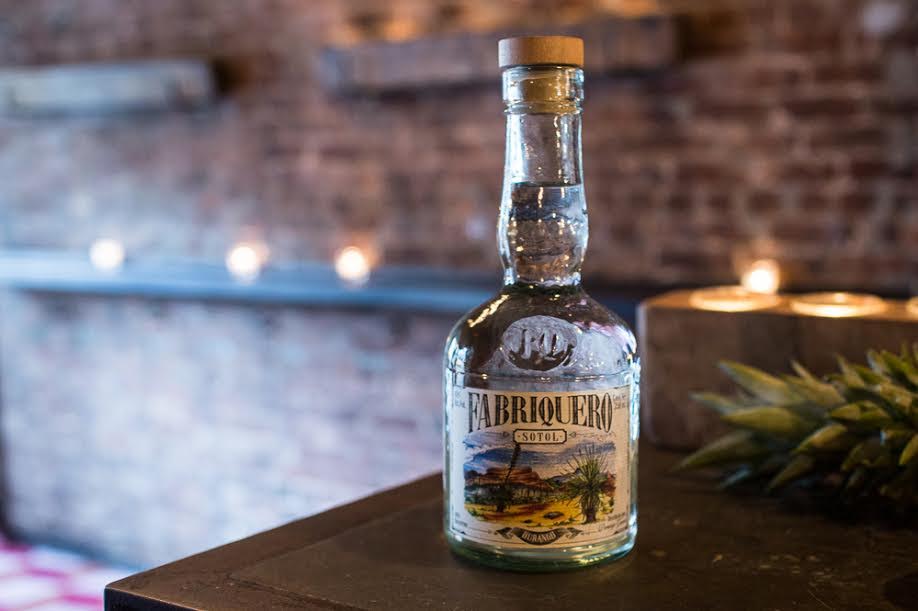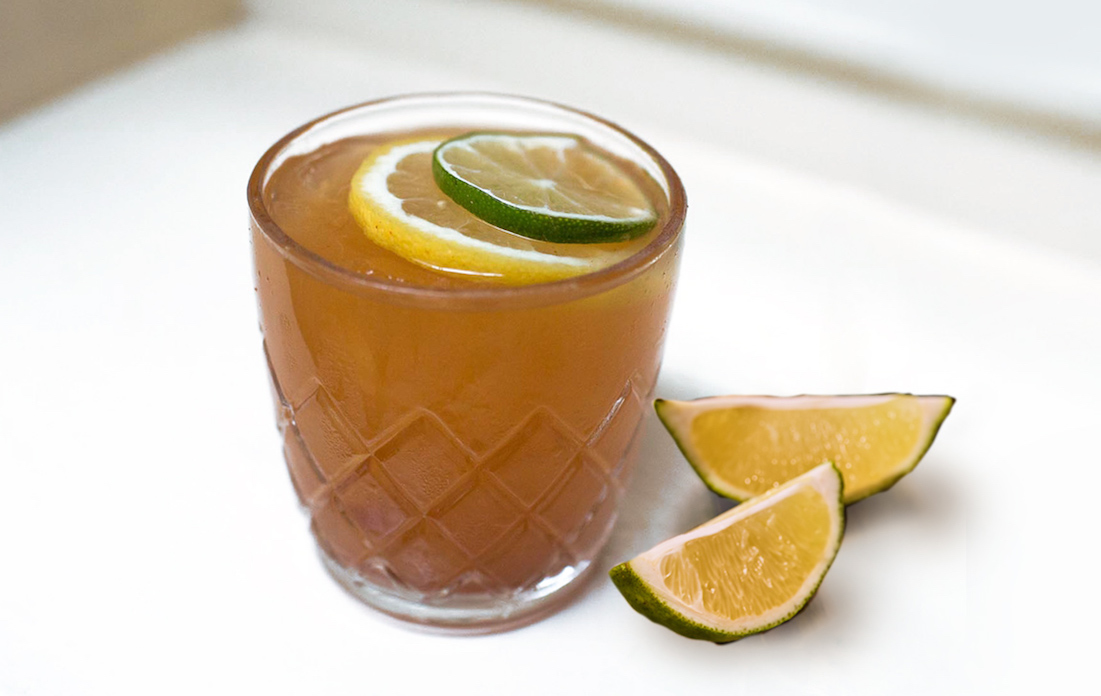As tequila and mezcal continue to surge in popularity, another Mexican spirit, sotol, is quietly gaining traction in bars around the country. Sotol was mistakenly considered an agave plant until the 1990s, when closer inspection revealed that—while both sotol and agave belong to the Asparagales family of flowering plants—sotol falls into the Dasylirion genus. It’s commonly known as the Desert Spoon, which is a member of the lily family. All that’s just a science-y way of saying that sotol is its own thing, and deserves to be recognized as such.
Similar to scotch or champagne, Sotol has a Denomination of Origin, meaning that the real stuff can only come from a specific area. In this case, that area comprises three states in northern Mexico: Chihuahua, Coahuila, and Durango.

To learn more about sotol, we enlisted Danny Mena, Co-Founder of Fabriquero Sotol, a new-to-the-U.S. offering from the oldest sotol distillery in Durango.
How Is Sotol Made?
The Desert Spoon plant takes about 15 years to mature, so sotol is a lesson in patience. But unlike agave, which flowers only once in its lifetime, the Desert Spoon produces a flower stalk every few years. Once mature, the ripest plants are identified and harvested. The leaves are hacked away to reveal the heart, which is taken to the distillery to be cooked—often fire-roasted in underground ovens or steamed—and crushed. The resulting juice is then fermented and distilled.
Similar to tequila and mezcal, sotol is available in a variety of expressions. Plata is clear and unaged, while reposado and añejo expressions are aged in wood barrels.

What Does Sotol Taste Like?
Mena says that “the sotol plant has a much greener, grassy sort of flavor profile” than tequila and mezcal. “It’s not usually as smoky or herbaceous, though that is a pretty broad generalization. They are usually a little lighter and softer on the palate,” and that allows the spirit to really showcase where it comes from. So each bottle of sotol is packed with a geography lesson’s worth of terroir.
How to Drink Sotol
As sotol continues to find favor in America, and more bars get their hands on bottles, it’s increasingly being used in cocktails. The spirit’s grassy nature works well with fresh fruits including pineapple and strawberries, and older sotols can be mixed into drinks where one might typically reach for whiskey or añejo tequila.
But despite all this recent experimentation, Mena notes that sotol is traditionally consumed neat (straight, no ice). He says that, up until about five years ago, sotols were only consumed in local townships—and that’s still where the majority of sotol drinking takes place. So the real answer to this question is that sotol is usually consumed from reused two-liter water bottles.
If you want the most authentic drinking experience possible, head to northern Mexico. Otherwise, you’ve got some options. Including the Tres Vidas cocktail, which you can see below and, provided you followed that link, make for yourself.

Where to Drink Sotol
The Pastry War in Houston is a good spot to try sotol. Same goes for Espita in Washington, DC, Mezcaleria Las Flores in Chicago, and Cosme in NYC. Do some looking around, and you’ll find plenty more options from coast to coast. Today, it’s easier to find sotol—especially multiple brands of sotol—at bars than it is at your local liquor store. As more people discover the spirit, more importers will bring it to the U.S., and more retailers will begin to carry it. But still… a little nudge couldn’t hurt.



